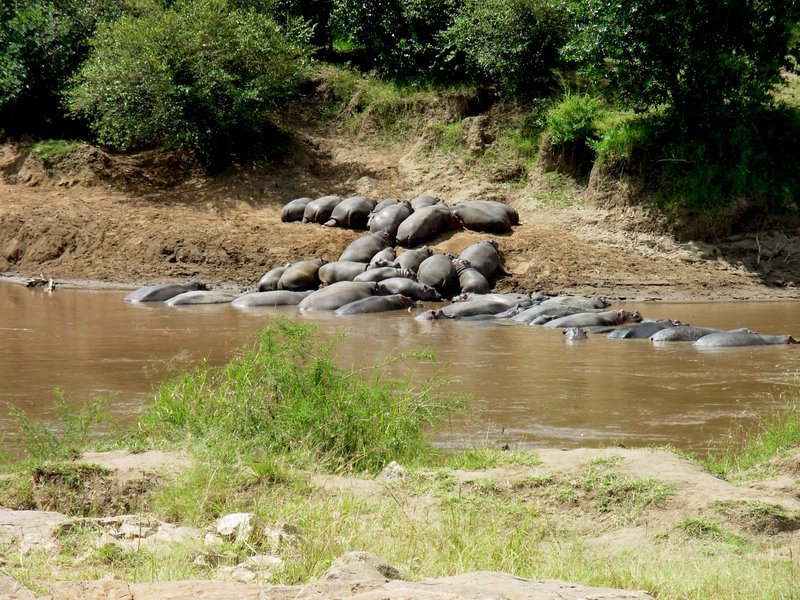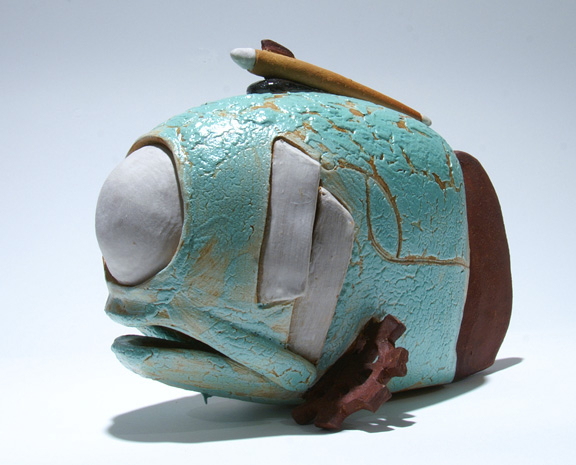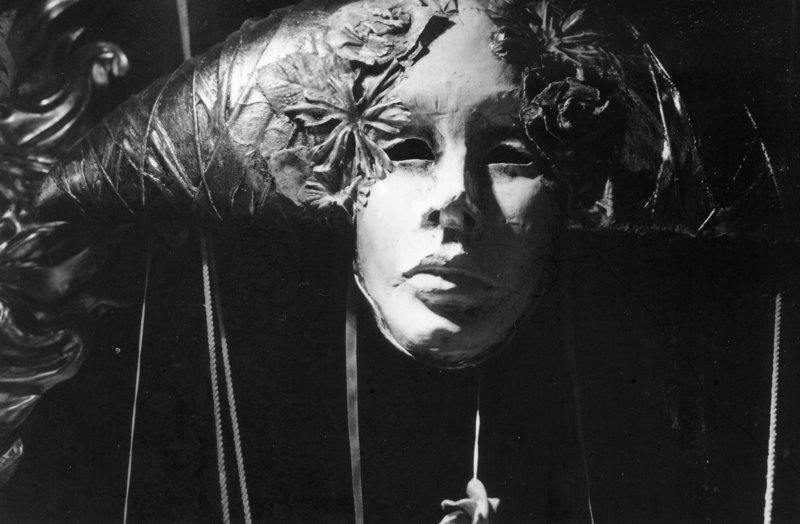Nationally, Maine’s art reputation is in no small part held aloft by schools dedicated to the arts such as the Skowhegan School of Painting and Sculpture, the Haystack Mountain School of Crafts, the Watershed School for the Ceramic Arts and the Maine College of Art.
As well, our top-shelf colleges dedicated to the liberal arts feature not only excellent studio art and art history programs, but also art museums of the highest caliber. Colby, for example, has one of the top 20 art museums in the nation, in my opinion. And yet it’s free and open to the public — while New York’s MoMA costs $20 just to walk in the door.
One of my favorite Maine art venues is the Art Gallery at the University of New England. I like that director Anne Zill operates the gallery more like an art gallery than a museum, while ever maintaining an eye to the educational ramifications of the programming.
While the current show’s name — “The Architecture of Environmental Landscapes, Within & Without” — trumpets as a harbinger of boredom, the show is a wide-ranging, interesting and wispy delight.
Aaron Stephan’s three impeccably sparse world maps rendered with ground and glued AstroTurf are so well executed and framed that their minimal aesthetic qualities outstrip the considerable wit of their referential gamesmanship and semiotic implications. Stephan only presents the Earth’s land masses and lets us fill in the rest on the pristine pages ourselves.
Some of the work in the show is driven by anthropological or environmental legibility rather than artistic compassion or aesthetics. I felt a little guilty reveling in the gorgeous beauty of some of Rick Peterson’s documentary projects such as the livestock fence in Kenya denuded by atrophying erosion. Yet the beauty of the photo exposes the horrific reality of unnatural environmental decay. It works.
My 8-year-old son was transfixed by Peterson’s photo of 40 or so hippos in a river in the Congo — which began a conversation about the relationship of the documentary photos in the exhibition to the bulk of the show, which, while more subtle, is even easier to digest.
The sparks of color provided by Melita Westerlund’s monochrome but super-saturated mixed-media fiber coral sculptures (purple, blue and chartreuse) and Brigitte Keller’s extraordinarily handsome abstracted landscapes make the trek upstairs like finding a secret garden.
While an extremely attractive and surprisingly accessible show, there are some tantalizing bits of delicious mystery, such as Christopher Becker’s photographic inversions of objects of desire and Stephen Burt’s images of recently discovered invertebrates. (I also think his large blue ground cont?andscape drawing is extraordinary.)
“Alma Mater” features works by USM alumni at a private gallery within a beautiful old plantation estate that abuts the Gorham campus. The Isaac Dyer Galleries’ spaces are split between the manor house in which the proprietors live and a big, old outbuilding, wizened but recently renovated.
The show is a terrific idea: Past alumni get a chance to show (and sell) their work, and current students and the university community have easy access to it as well.
Here, also, the broad range works to the show’s favor — this time placing grittier recent grads next to the smooth bore refinement of their more experienced elders.
I liked Ruth Sylmor’s silver print of a Venetian mask and Susan Bennett’s steel tower with waxed twigs, but I was most impressed by two clay artists: Jody Dube, whose vessels exude quietly proud architectural prominence and detail, and Benjamin Lambert.
Lambert’s “Headlight” is a swimming pool-green fish with a single (blind) white eye. He has cogs for fins and the drooly duh-frown of a mouth breather. In some ways, he is slick and stylized like a Cadillac, and yet he’s been achingly dulled by the human interventions on his fishiness. As ceramic, it’s technically amazing. As art, it’s brilliant and hilarious, but ultimately brutally sad.
Ironically, if “Headlight” were at UNE, it would be the most poignant piece in the show.
While it’s unfortunate that “Alma Mater” is closing this Thursday, both shows reflect well on their attendant institutions. They also remind us that our landscape, environment and community often come together as the same thing.
Freelance writer Daniel Kany is an art historian who lives in Cumberland. He can be contacted at:
dankany@gmail.com
Send questions/comments to the editors.




